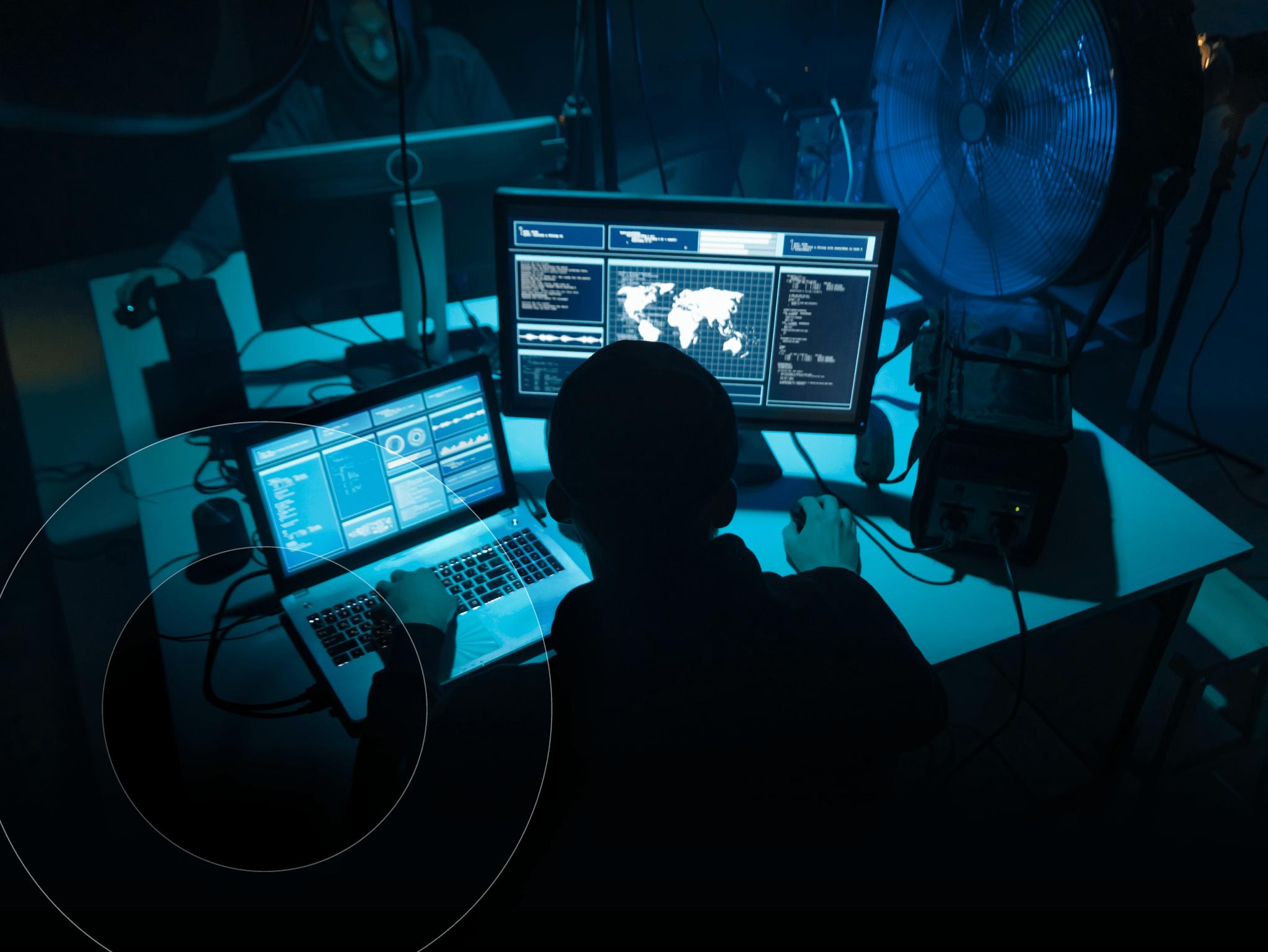SHI’s education strategists share how to achieve a modern learning environment:
Seamlessly integrate into future classroom spaces.

Whether it’s through flying cars, retina scans, or cerebral microchips, most sci-fi societies are characterized by their access, security, and collaboration. But while we were immersed in those futuristic stories, modern education was crafting an innovative story of its own, one with unparalleled access, cutting-edge security, and creative collaboration. Don’t worry about our spoiling the ending because the impact of the modern learning environment is only just beginning.
The impactful classroom is defined by one thing: design. The layout of classroom spaces has a direct influence on student outcomes in both academic gains and social-emotional growth. While these areas advance, so does the way that students and educators access information. Even though “drill and kill” may sound like the subtitle of a sci-fi story, we all know that teacher emphasis on fact memorization is anything but futuristic. Instead, the impactful classroom shifts to higher order critical thinking and a “learn by doing” approach. Any forward-thinking learning space would reflect this, creating movement and adaptability in a student-led environment.
This classroom isn’t the future’s; it’s today’s.
With the right end-to-end solutions, you could transform teachers from lecturers to real facilitators. You could invite students to be active participants in their learning, embracing failure and complex problem-solving. You could write the story of your school’s holistic success.
SHI’s education experts are helping you outline your future with these five components of modern learning spaces.
Strong networking infrastructure
The foundation of your modern learning space story is secure, reliable infrastructure. This helps craft environments that allow students the constant connectivity required to support the demands of remote learning, including:
- Downloading and streaming videos.
- Participating in synchronous class sessions.
- Running specialized software and collaboration platforms.
- Maintaining security.
Another futuristic feature is propelling student outcomes too: multi-modal learning through voice, touch, and digital. This multi-faceted approach increases their ability to retain information, generate new ideas, and use real-world applications. In addition to being an impressive asset in your cybersecurity portfolio, improved networking will also save you money on cloud services, making it an indispensable aspect of your upgrade.
Audiovisual hardware
Experience interactive technology that ensures minimal teacher lecturing and maximal student discussion, collaboration, and effort. With the latest audiovisual hardware, students can:
- Create easy interactive experiences through cutting-edge monitors, interactive panels, cameras, and audio equipment.
- Communicate with instructors, partners, and groups via multiple methods.
- Work collaboratively or independently so teachers can provide intervention and additional support where needed.
Through our vast partner network, SHI can equip your school with immersive end-user devices, including improved storage. Securing the right storage plan ensures that all your materials, equipment, and tools have a pre-established “home” in your classroom. And having strong procedures for items like charging stations will help avoid losing the greatest asset of any classroom: time.
Collaborative layout
The back row of a classroom is more than just an obscured location; it’s a state of mind, and not necessarily a productive one. Modern learning spaces work to eliminate this outdated element with flexible seating options, specifically promoting experiences that are cooperative. In this way, lesson plans can determine the classroom setup, not the other way around.
To maximize student outcomes, teachers need to feel able to use the classroom in different ways that are conducive to:
- Strategic intervention.
- Group work.
- Formative assessments.
- The needs of the whole class.
- The individual needs of students.
With these elements front of mind, you can put the back row in the past and put collaboration first.
Security and student safety software
Online distractions are another factor teachers are desperately trying to eliminate. Luckily, the right safety software can put those woes behind you and help prioritize student connection.
You’ll be able to:
- Notify designated staff about online activity (at school or at home) that indicates a risk of student safety.
- Connect with emergency response teams and key personnel.
- Increase classroom engagement.
- Provide access to school-sanctioned mental health tools.
These can be indispensable elements of securing students’ online safety, making it top of any teacher’s classroom wish list.
Technical training and adoption
While all this innovation sounds exciting, it’s virtually nothing if your educators don’t know how to use it to further their academic vision. Luckily, SHI offers guidance about our array of training solutions and strategic partners, providing differentiated options for faculty, administrators, and staff in both K-12 and higher education.
Consider some of SHI’s best practices for incorporating teacher voice in technical training:
- Highlighting teacher “gurus” to facilitate teacher-led training
- Allowing space for teachers to observe best practices in the classroom from tech experts
- Introducing teacher-facing committees for feedback
Don’t neglect the final piece of your future classroom’s puzzle. It’s only with the right training that you can truly maximize your technology usage and ensure return on investment.
Ready to enhance your student experience through modern learning spaces? Contact us at edusupport@shi.com.




